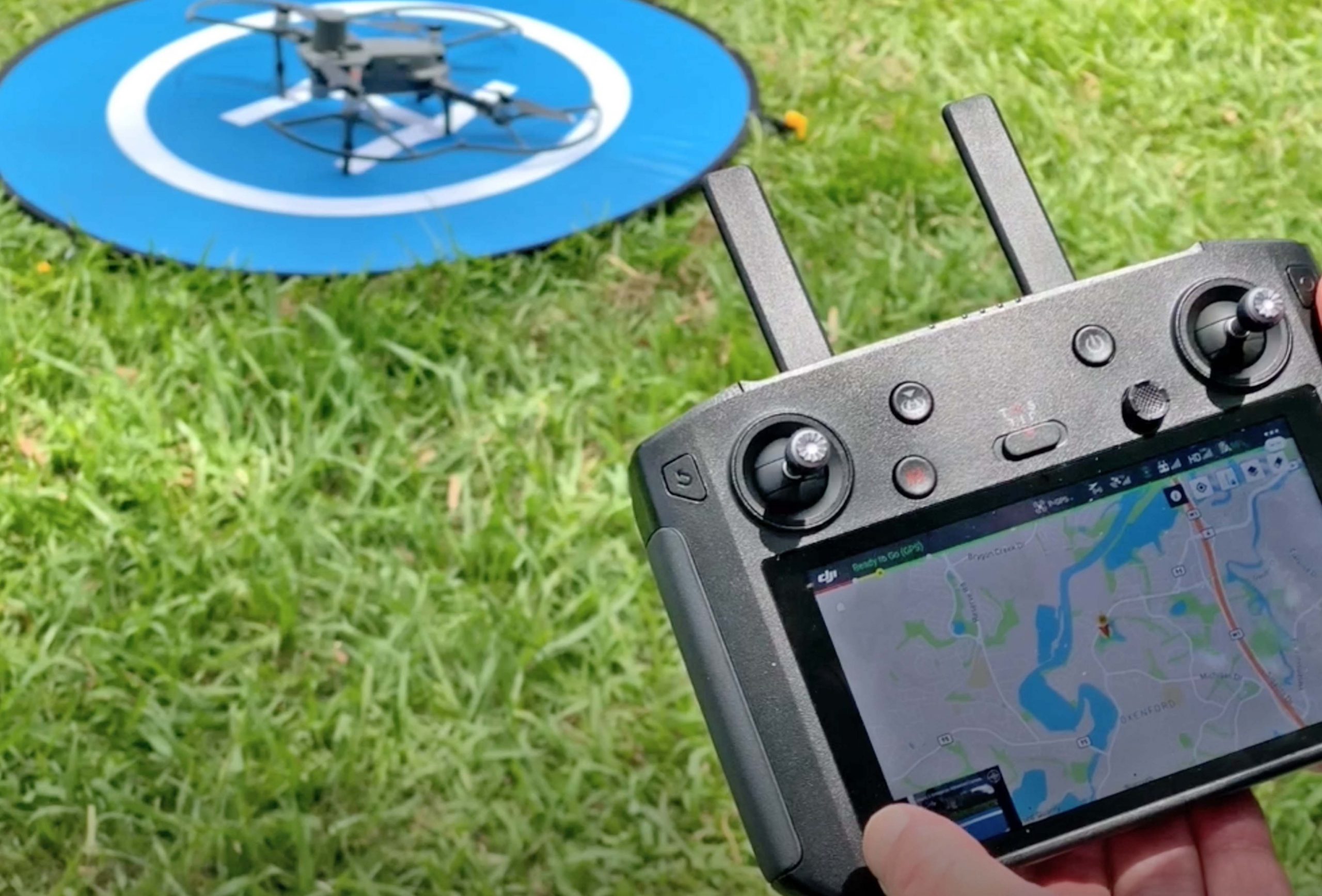Using thermal imaging to accurately count flying-fox numbers
By Jeff McKee
In what will become a great advance in monitoring flying-fox camps, drones (UAVs) are being used to photograph populations in NSW and QLD.
Ecosure, in collaboration with Western Sydney University, are using thermal imaging systems mounted on drones to collect the images that are then processed for automated counting. Machine learning is used to compute accurate estimates of colony size. Traditional counting methods using people are notoriously inaccurate, because of difficulty with accessibility and variability in counter experience.
Flying-foxes are large bats that roost in dense colonies and flock in large numbers to feed on flowers and fruit. They are a crucial component of forest ecosystems, contributing significantly to new forest growth through cross pollination and seed dispersal. Flying-foxes can also carry and disperse diseases to humans and production animals. They also become a hazard to aviation in the vicinity of aerodromes. It is important to understand trends in flying-fox populations, how they use the landscape, how they traverse the airspace, and how they interact with people and other animals. The ability to get reliable estimates of flying-fox numbers both in the roosts and while in flight is foundational to understanding these populations. With this information we can develop effective management strategies for forest conservation, public health and air safety.
The series of images below look at answering several questions about using drones within the vicinity of a flying-fox colony. Firstly, we established that using a small drone there was no disturbance in the animals up to about 3m. (Image 1) Secondly, both thermal and optical sensors can be used to detect flying-foxes. However, thermal sensors are much better at detecting animals against a background, as can be seen in the two last images. (Images 2 & 3) These thermal images are the images used for counting animals through machine learning. Finally, the maximum distance that flying-foxes can be detected using the thermal sensors in this project is about 60m.
If you are interested in learning more about how we use drones to count animal populations, please do not hesitate to contact Jeff Mckee – Director of Research and Development on 1300 112 021.




